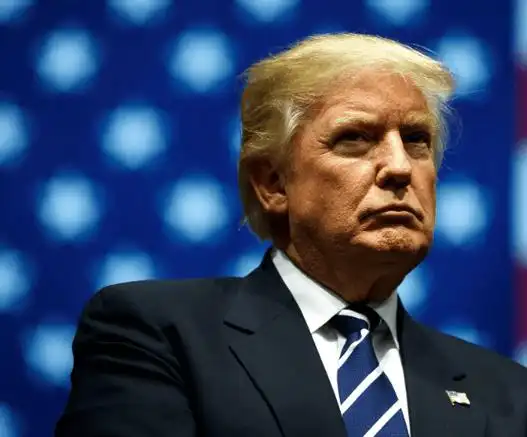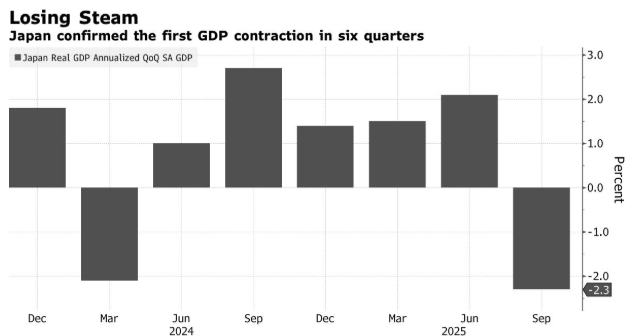US President Donald Trump was negotiating with American allies in the final hours before the tariffs were fully implemented, but he insisted on imposing a 104% tariff on a wide range of Chinese goods, which dampened optimism about avoiding a brutal trade war.
Trump and senior administration officials said Tuesday that the United States is willing to reach agreements to lower or eliminate tariffs on dozens of countries, and leaders in Asia and Europe also announced plans to hold talks with the White House.
Trump said at an energy event at the White House on Tuesday: “We are doing very well in terms of formulating agreements – I call them tailor-made agreements, not off-the-shelf ones, but highly customized agreements.”
Despite this, Trump is still pushing ahead with imposing tariffs on around 60 trading partners, which he claims are the “most serious violators”, and the measures will take effect after midnight New York time. Most crucially, the president plans to continue imposing tariffs of up to 104% on many Chinese goods, and the US has escalated this move after Beijing made it clear that it would retaliate against Trump’s “reciprocal” tariff plan.
Trump believes this move is a mistake, but he said he still believes China will eventually join the dozens of countries seeking to reach a trade agreement.
China also very much hopes to reach an agreement, but they don’t know how to start. We are waiting for their call. This will surely come to pass!” the president said.
Taking an extreme approach towards China represents the most severe reform to be implemented soon, but Trump made it clear on Tuesday that he believes these tariffs are beneficial to the US Treasury and key industries. Meanwhile, he seems quite willing to accept requests from other countries to lower the tariffs he announced last week.
After speaking with Acting President Han Duck-soo, Trump said that the prospects of reaching a trade deal with South Korea were “good” and that Japanese officials had flown to the negotiations.
Trump posted on social media about the talks with South Korea: “We have a great chance of making a big deal with both countries.”
Trump said that the concessions made by various countries – including those on issues other than trade and tariffs – far exceeded what could have been achieved without tariffs.
Trump said, “This is indeed a bit explosive, but if we don’t do this, we wouldn’t be having this conversation now.”
However, the president acknowledged that it would take time to reach customized trade agreements with the nearly 70 countries that sought negotiations over the past week.
Another risk for Trump is that if China’s countermeasures prove successful, especially if Americans start to feel the pressure of a significant increase in the prices of imported goods. Beijing officials made it clear on Tuesday that despite Trump’s posturing, they still plan to continue imposing higher tariffs on US goods.
A spokesperson for the Ministry of Foreign Affairs of China stated: “There are no winners in a trade war or a tariff war, and protectionism has no way out. The Chinese people are not troublemakers, but when faced with trouble, we will not back down. Intimidation, threats and blackmail are not the right way to deal with China.”
White House spokesperson Caroline Levitt said that Beijing had miscalculated and that Trump would be happy if Apple’s iPhones and other electronic products were assembled in the United States rather than in China.
She said, “President Trump has a backbone of steel and he will not yield.” She added, “The United States does not need other countries; it is the other countries that need us.”
However, she said that if Chinese leaders reached out for negotiations, Trump would be “generous”.
U.S. Treasury Secretary Steven Mnuchin earlier said that among the many countries hoping to persuade Trump to cancel his so-called reciprocal tariffs, “Japan will be given priority,” and praised Tokyo for holding off on retaliatory actions against the United States after Trump announced the tariffs. Trump spoke with Japanese Prime Minister Shinzo Abe by phone on Monday to arrange a meeting, and the Japanese leader urged the president to reconsider his approach.
U.S. Trade Representative Robert Lighthizer said at a congressional hearing on Tuesday that Trump’s tariffs will “take effect” and “we will immediately start negotiations with our partners.”
Greer said, “If you have a better way to achieve reciprocity and reduce our trade deficit, we are willing to talk to you. We are willing to negotiate. This is a two-way street.”
Italian Prime Minister Giorgia Meloni is also expected to travel to the United States to negotiate directly with Trump on tariff reduction.
However, it remains unclear what measures countries need to take to lower their tariff levels or whether they can get rid of the 10% benchmark rate imposed on all countries.
Trump praised trade partners for making concessions voluntarily, but also rejected some proposals. Israeli Prime Minister Benjamin Netanyahu publicly pitched to Trump in the Oval Office, promising to lower barriers and eliminate the trade surplus with the United States – but the US president said he was not sure if that was enough to change his mind. Trump also dismissed the idea of a full suspension before the tariffs take effect.


